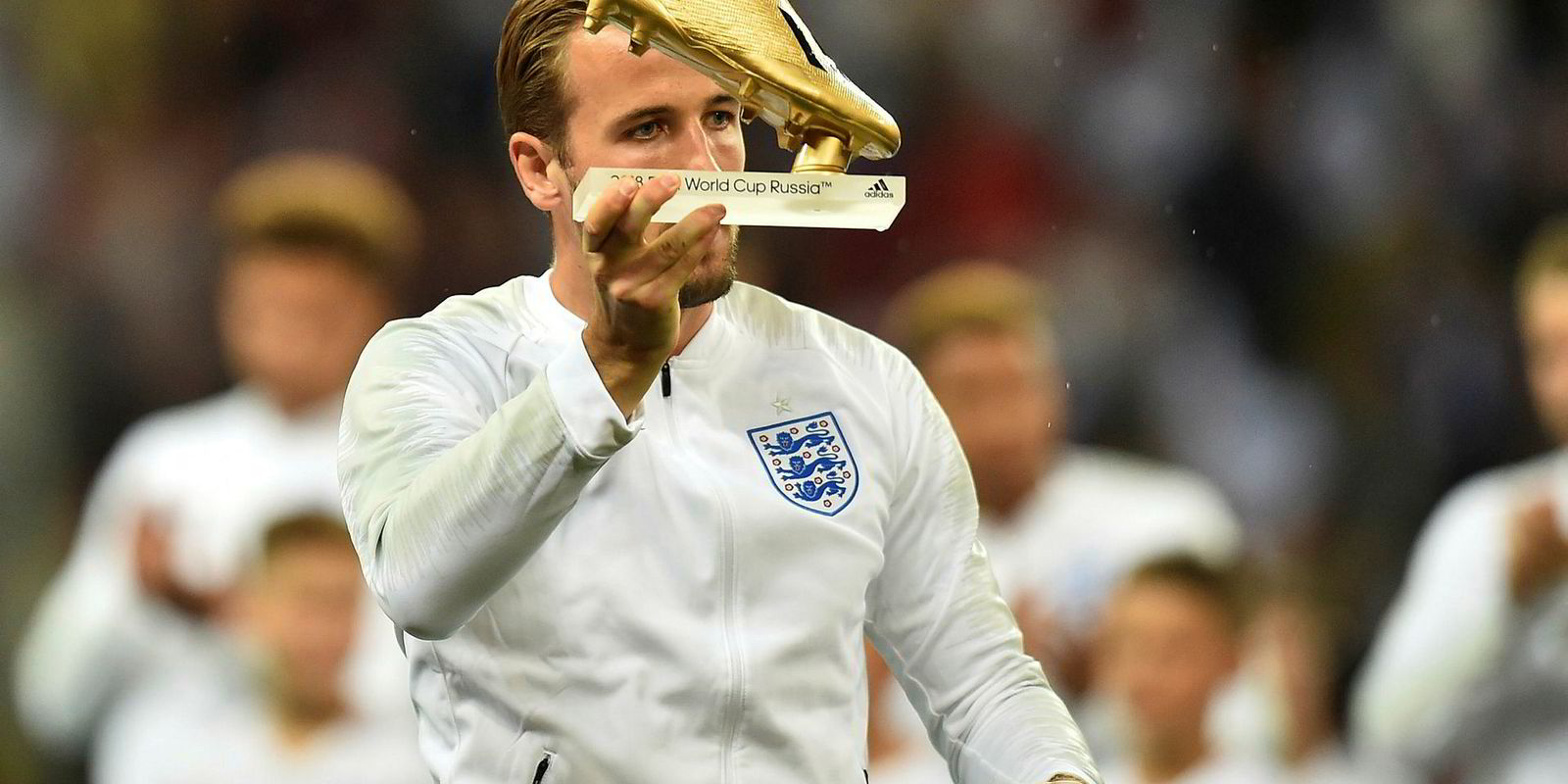The financials of protection and indemnity clubs are often confusing. So, instead of detailed analysis of figures, marine insurance broker Tysers is trying to demonstrate the clubs’ market strength by comparing them to sea creatures.
Some of the clubs may find the comparisons unflattering but, along with Tysers’ commentary, they at least appear to give an indication of their financial standing and character.
Gard, the largest of the International Group of P&I Clubs and the most financially secure, with free reserves of $1.2bn, is, perhaps unsurprisingly, described as a blue whale. Tysers says Gard is “massive and well liked”.
Skuld is depicted as a shark because it is “aggressive, hungry and decisive”.
Britannia is one of the oldest and arguably most conservative of the clubs, so it gets compared to a giant turtle, “old, safe and much loved”.
Among the clubs that are not doing so well, Tysers describes the Japan P&I Club as “a salmon struggling to get upstream”. The London P&I Club is a “drifting” jellyfish, while the American Club is a “crab moving sideways”.
Tysers opted for the metaphor of sea creatures because it believes the P&I world itself is “all at sea”. It says the clubs remain rich despite seeing premiums fall year on year.
“It is fair to say that the P&I market is somewhat confused and divided at the moment, indeed ‘all at sea’ in our view sums it up quite well,” the broker says. “Overall, the International Group lost close to $300m last year, but this figure includes over $90m of premium returns and cash distributions, and free reserves remain an enormous $5.3bn, equivalent to $4.19 per owned gt compared to $4.53 last year but the same level as 2015 and 2016.
“The group, thus, remains in a very solid position, but many clubs feel that premium rates have dropped to unhealthy levels.”





